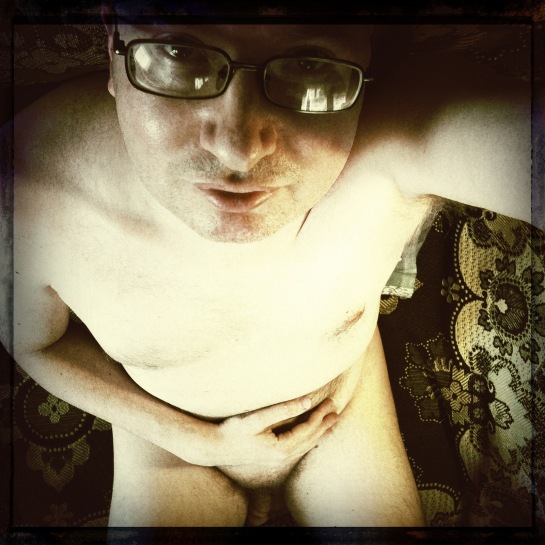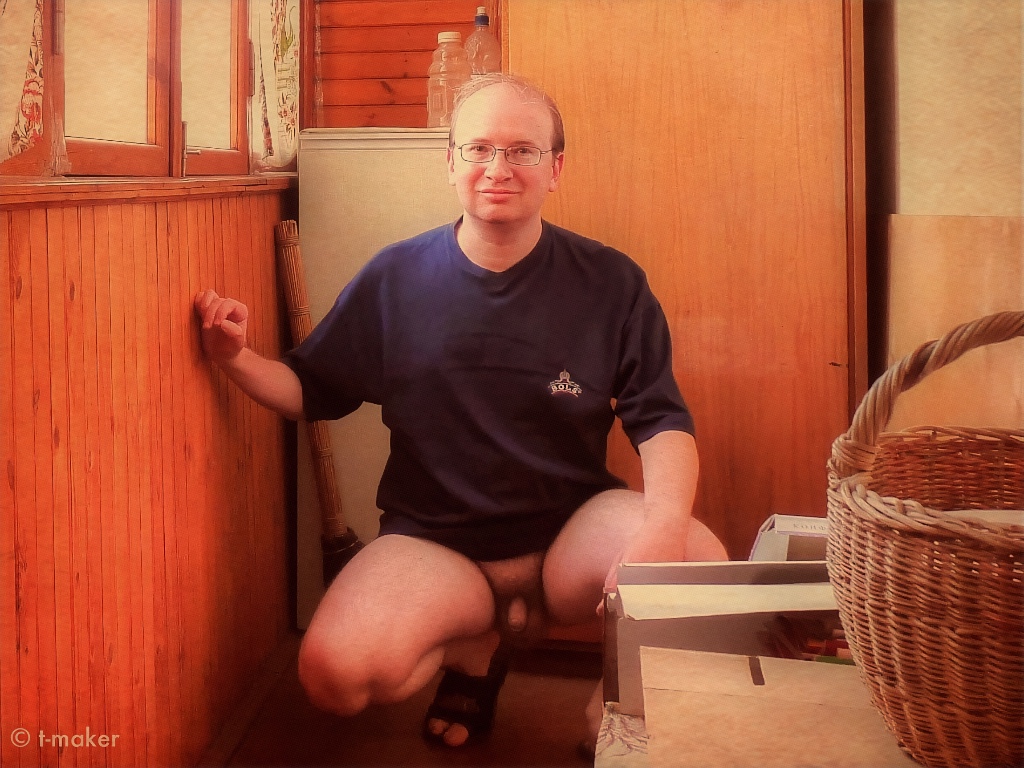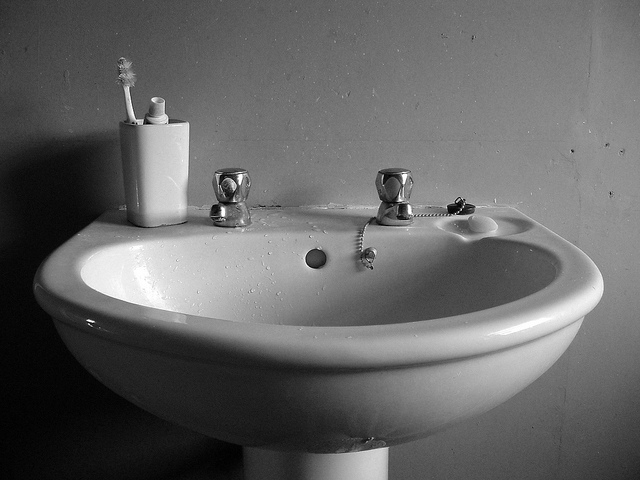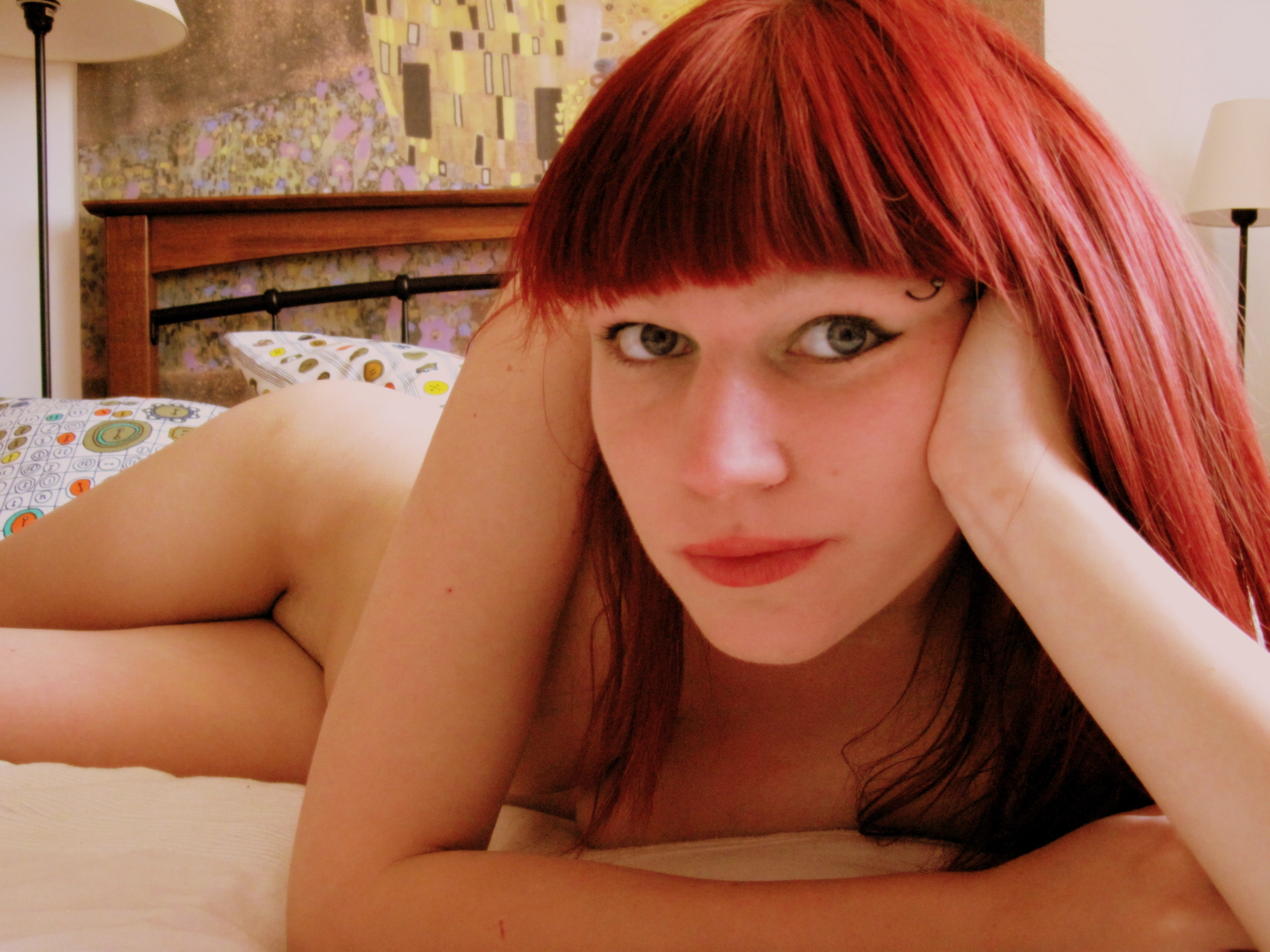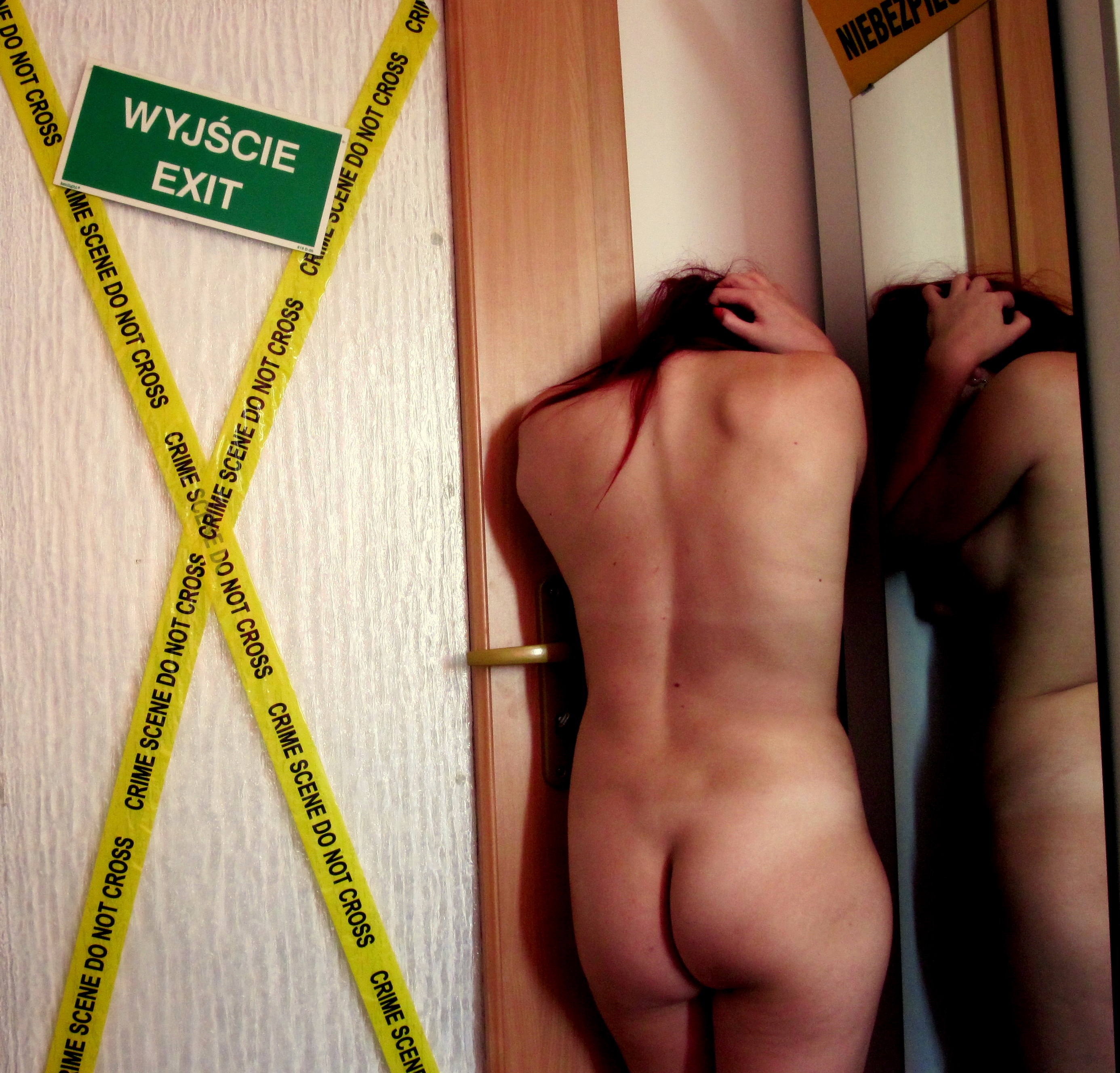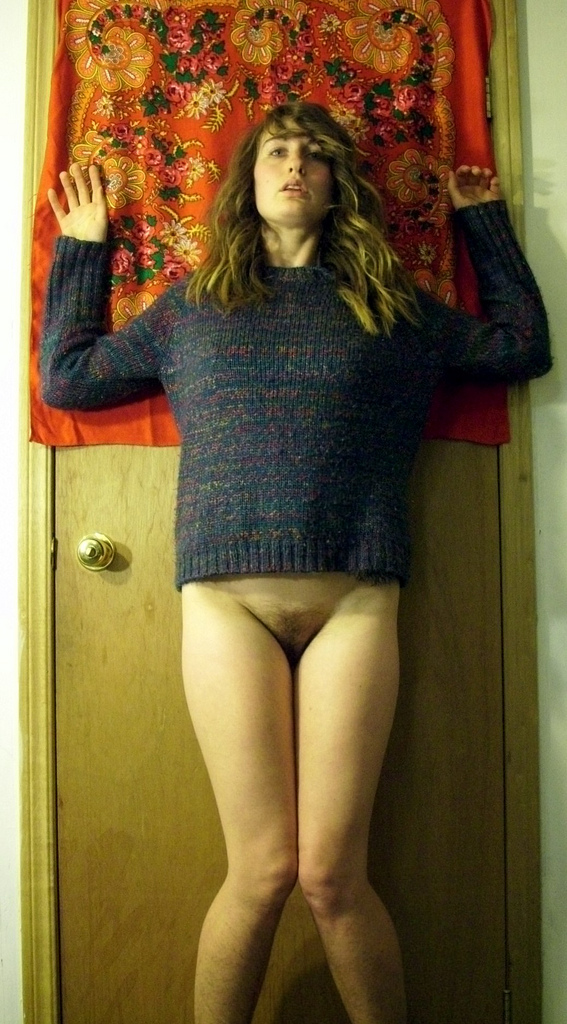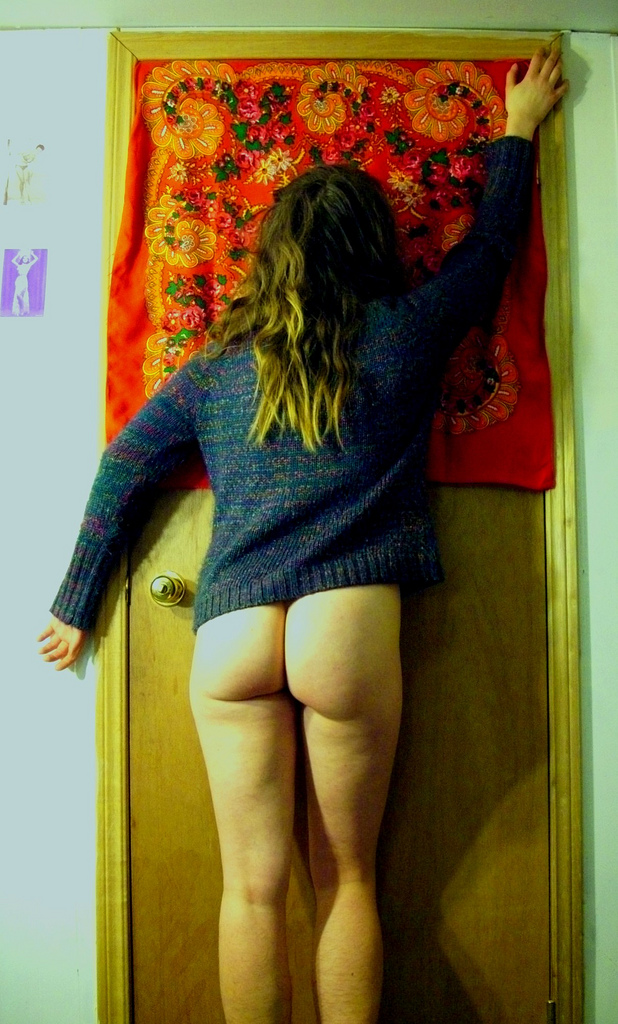Within one-tenth of a second, people form a variety of opinions about each other based on what they see, and these opinions are not necessarily favorable to us.
Yesterday, while browsing my Google+ feed, I came across a link to my post “Is it a good idea to share your nude photographs, if you are a nudist?” kindly reblogged and shared on Google+ by Paul K., author of the wonderful blog about nudism Zjuzdme.org. Someone on Google+ left a comment under my photo saying, let me quote, “so small dick u have”. It was definitely addressed to me, not Paul. So I thought that maybe it was not a good idea to share my nude photograph taken on a chilly day.
With a feeling of a little disappointment, I turned to the history of visual art.
When it comes to art, there are two popular questions: “Why does Michelangelo’s Adam have such a ridiculously small penis” and why does “the most famous of Greek statues, Michelangelo’s David”, depict “big muscles, but a tiny penis”?
Michelangelo learned the philosophy and art of ancient Greece and admired the Greeks’ attempt to capture ideal beauty in their statues. According to Larissa Bonfante, there were “two concurrent strains of nudity in Greek art: one reflecting a magical or apotropaic function (herms, satyrs, etc.), characterized by the erect phallus; another, developing from athletic nudity, a more empirical interest in the naked, athletic male body (kouroi, athletes and male figures in black- and red-figure vase painting), where the sex organs themselves are less obtrusive”.
“Satyrs, animal-like human figures with horses’ tails, were represented full of vitality, naked, with exaggerated huge phalli (or phalluses)”. Actors who represented satyrs in the theater in the 5th century B.C. “wore animal-skin loincloths with a large phallus sewn on”. The herms the Athenians encountered daily in the streets of their city, from ca. 540 B.C. on, “consisted of a male head sculptured on a pillar, on which was carved an erect phallus, serving as a reminder of the powerful magic residing in the alerted male member”.
On the kouros, Greek sculpture representing a nude young man, “the sex was simply uncovered; while the phallus was emphasized on satyrs and herms, and on the stage”. “The kouros type fits the concept of the sacred quality of nudity: its nakedness represented a feature of initiation ritual. It referred to those religious dances and rituals that called for the candidate’s nakedness as a special costume or habit”. The ideal of youthful male beauty “included the small penis of a younger man”. “Youth was an essential aspect of the nudity of the kouros. Old men and ugly slaves have longer penises”.
“In contrast to the large, erect phallus of the magic, apotropaic figure, a beautiful young man was characterized by a small penis. For women, too, whether they were represented naked or dressed, in art, literature, and life, depilation and small breasts were part of the ideal of youthful beauty”.
Of course, each time has its own aesthetic values. I’ll bear it in mind when choosing the images for my blog. The photo below is very similar to the one I’ve used to illustrate the post about sharing nude photographs.




